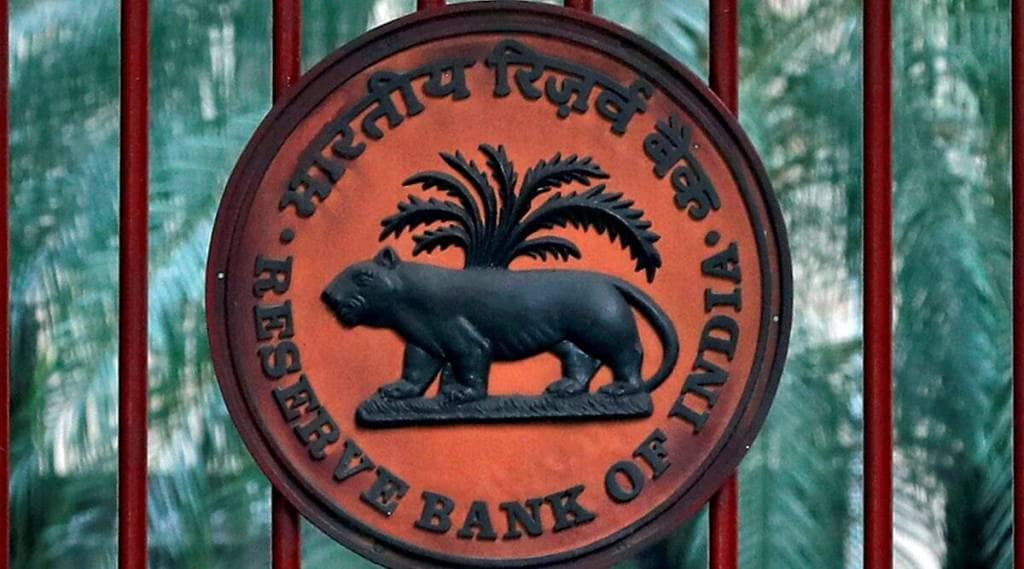The Reserve Bank of India, India’s banking regulator and the government’s debt manager, dons many hats. But did you know that apart from these monetary policy functions, RBI spearheads many other initiatives? It runs RBI museum in Mumbai, it periodically publishes comic books and films on financial education, and it has six training institutes under its ambit.
From the time it was established in 1935, initially as a private lender, until recently, RBI has evolved in many ways. It has changed its headquarters from Kolkata to Mumbai, through the years introduced new currency notes, and decided to call rupee in Hindi as rupaye and not rupiya. Now as the central bank turns 87 years on Friday, April 1, here are fascinating things that India’s RBI does:
Spearheading economic reforms since independence
Established on April 1, 1935 under the Reserve Bank of India Act, 1934, RBI was nationalised only in 1949. But since then RBI has been on the forefront of conducting and managing economic reforms in the country. In 1991, when India was on the cusp of introducing liberalisation, privatisation and globalisation (LPG) reforms, RBI spearheaded it. And coming to the recent times, RBI was at the forefront of handling the economically challenging COVID-19 pandemic, an unprecedented that resulted into macroeconomic instability.
In its preamble, RBI says its main function is “to have a modern monetary policy framework to meet the challenge of an increasingly complex economy.” The central bank followed the preamble in handling the recent COVID-19 induced economic challenge. Recently RBI governor Shaktikanta Das said all Covid-19-related liquidity measures announced by the central bank, except the interest rates, came with a sunset date. And thus it has liquidity under control.
Comics and films for financial literacy

Did you know that a comic character called Money Kumar was introduced as part of the central bank’s initiative to offer financial education? From helping understand the role of making deposits in a bank to educating on the ease of doing digital transactions, characters such as Money Kumar, Raju and more were introduced by the central bank as part of its Financial Literacy Week series. On social media, RBI has designated accounts where from time to time it informs about the relevance of money, how to not be duped by financial frauds and so on. Apart from comics, games, short films are also available on RBI’s website and its social media handles to make information easy and simple for everyone.
Diversity of Indian currency notes, introduction of Gandhi
On a contemporary currency note, one would find as many as 15 languages such as Assamese, Punjabi and Urdu, on the reverse side. Since the time of independence, RBI has been making use of the minted notes to represent the sensibilities, initiatives and themes of that period. For instance in 1976, to celebrate the success of the green revolution, Rs 100 note represented a collage of motifs explaining India’s agricultural endeavour towards attaining self-sufficiency. It depicted the activities of farming and plucking of tea leaves. In recent times, celebrating the success of Mars orbiter mission – Mangalyaan’s image was inscribed on the Rs 2000 note.

The picture of the father of the nation, Mahatma Gandhi first came on an Indian note in 1969. It was reintroduced once again 26 years later in 1996. The introduction of the new series was also done to replace traditional security features on the note with new technology. For instance, a changed watermark was introduced.
Another new technique called colour shifting ink was introduced on bank notes in the year 2000. Today if you look at say a Rs 500 note, through this technique, the colour of the numeral 500 will appear green when the note is held flat but would change to blue when the note is held at an angle. This way one can identify if the note is counterfeit.
Turning back wheels of money’s evolution at RBI museum
In the city of Mumbai, the central bank has a Reserve Bank of India Monetary Museum. The museum housed in Fort, Mumbai, is also the place where RBI had established its first office in Mumbai, after shifting from Kolkata in 1937. RBI museum covers the evolution of money (from the early days barter system to the use of cowries), the role in the economy and financial markets and the role of a consumer, buyer or a trader in it. In the museum, one can learn about the story of gold, the most favourite asset especially in times of crisis, through displays and modes such as an interactive exhibit on gold mining.


